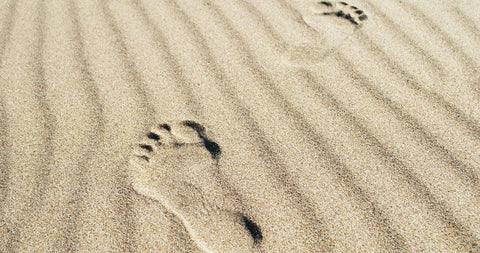
How do blister plasters work?
Clean and cover your blister
It is best to keep the top layer of the skin over the blister to protect it so most blisters won’t need ‘popping’. However, if it is large or shows signs of infection, a professional may need to treat it and cover it appropriately. For most of us, it is a simple process of checking the blister area is clean, centralising the plaster over the blister to assure the damaged skin does not come into contact with the adhesive and sealing it down so it is smoothed out with no wrinkles.
The difference between blister patches and normal plasters
Blister patches look much like normal plasters though they feel thicker and have a slightly rubbery texture. Once applied to the skin, however, they behave very differently. Blister patches are specifically designed to aid the healing of a blister and protect it against further friction.
The healing and protection process
It sounds clever, but how does it actually work? Blister plasters are hydrocolloid and have two layers. The inner material absorbs the excess fluid and forms a gel over the wound. This retains any moisture which may have gathered and a white bubble develops. When the bubble is visible from the outside, it means the blister is healing. The outer layer forms a seal or ‘second skin’ to protect the blister from bacteria and dirt. It is soft, comfortable and breathable. In addition, the moist and insulated environment allows the body’s own enzymes to heal the wound naturally.
The benefits of blister patches - pain relief and speedy healing
One of the main benefits of using blister patches is that there is instant relief from pain. Because of their flexibility, active gel cushion and strength, the plasters protect against friction between the skin and socks or shoes.
Whilst a blister may take a couple of weeks or more to heal, a hydrocolloid plaster can speed up the healing process. With its waterproof and strong adhesive qualities, the plaster can remain in place for a few days until the edges start lifting when hopefully the wound is well on its way to recovery.
